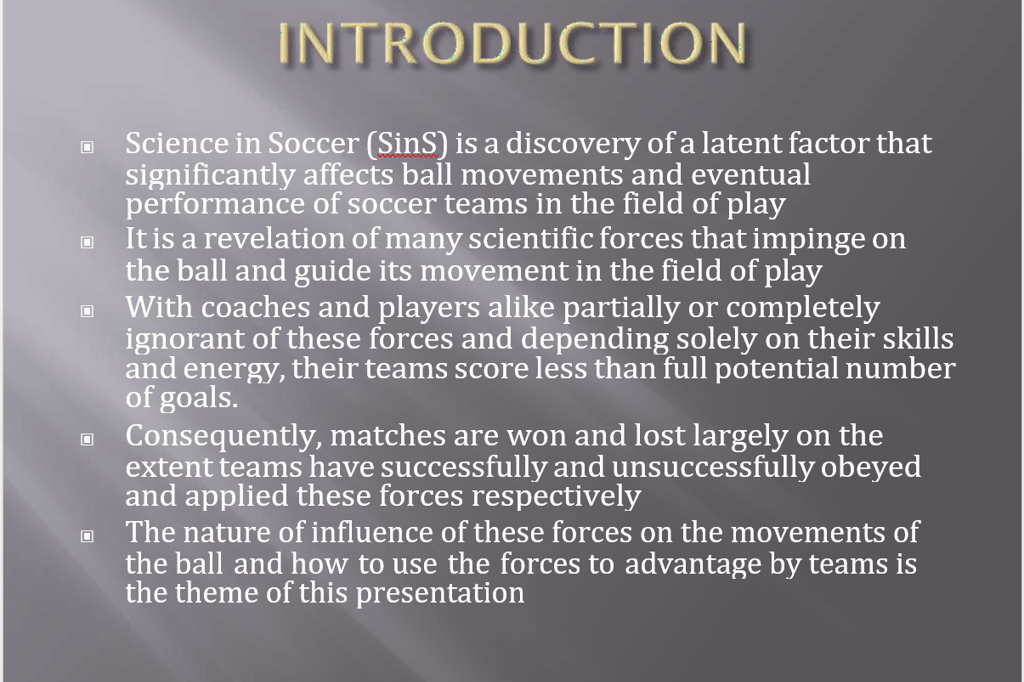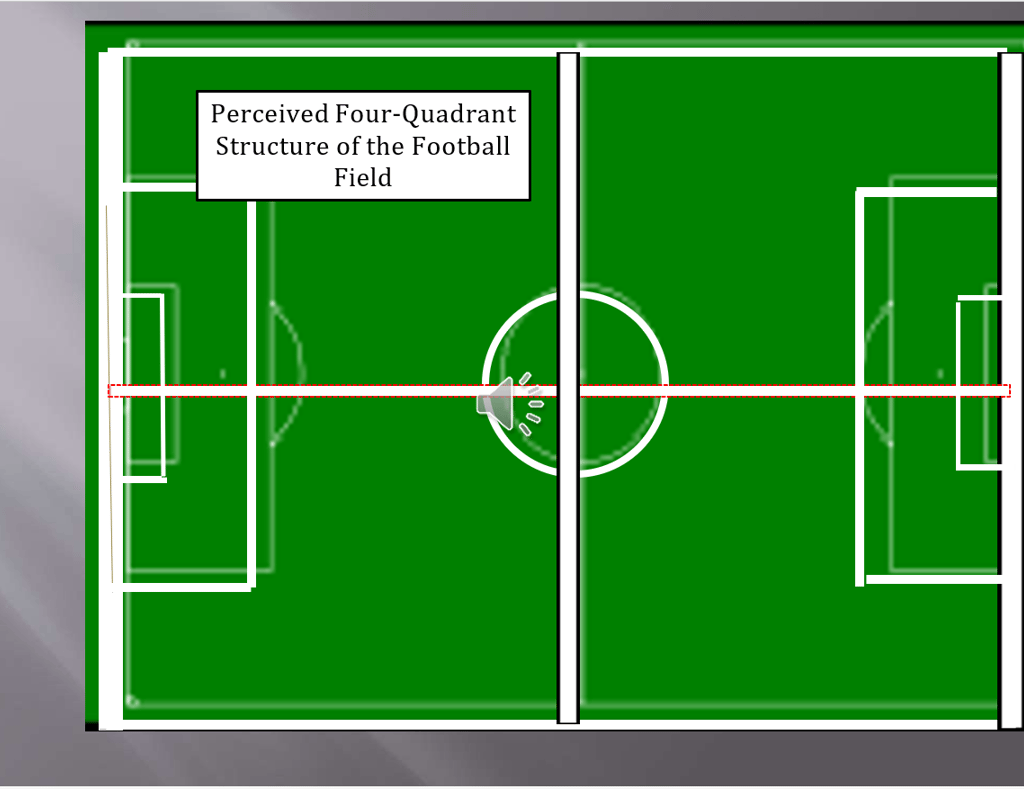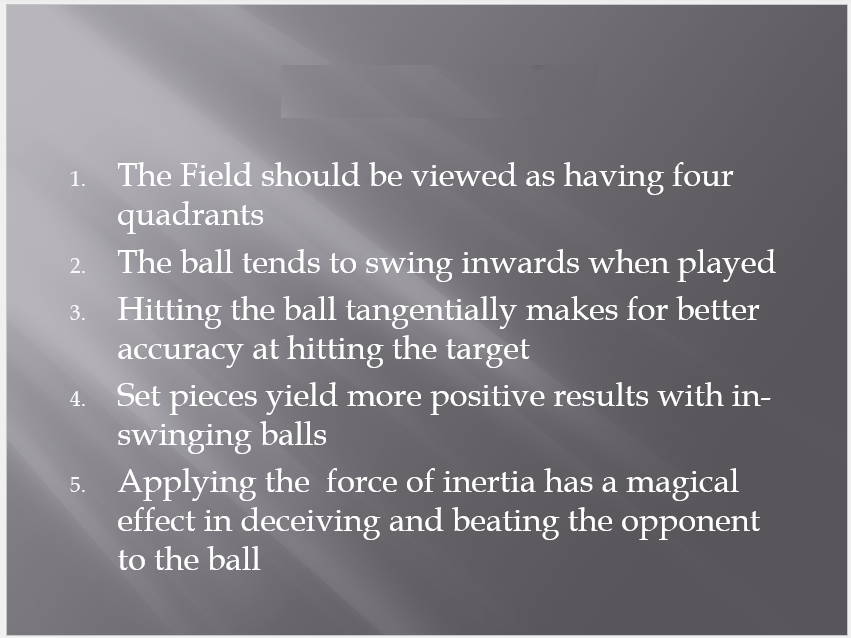





Why Use the 4-Quadrant Model?
The 4-quadrant system simplifies an otherwise amorphous structure of the field, thereby better defining the positions and roles of players Here are some key advantages of the model:
Enhanced Positional Awareness
The quadrant structure helps players understand their areas of responsibility in the field. It ensures that each area of the field is covered, reducing gaps and improving team shape, defensive stability and attacking efficiency.
Improved Passing Patterns
By focusing on quadrant transitions and with science in soccer in mind, the quadrants effectively guide players on how best to pass the ball to give their teammates an advantage over the opponents.
Better Clarity between Defensive and Attacking Formations
Teams like Liverpool under Jürgen Klopp adopted team formations based on quadrant positioning. In such formations, defensive and attacking players of the same team in the Left flank for instance, can interchange positions easily to confuse the opposing team.
How Coaches Use the 4-Quadrant Model
In coaching sessions, the 4-quadrant model is used to:
Design drills focused on specific zones
Enhance players’ spatial intelligence
Teach zonal marking and pressing traps
The quadrant system also plays a role in video analysis, where matches are reviewed to assess how often the ball enters each quadrant and what outcomes result from such movements.
Global Applications by Top Clubs and National Teams
Top football clubs like Barcelona, Manchester City, Liverpool, Real Madrid, Bayern Munich, and national teams such as Argentina, Brazil, Spain and Germany often integrate quadrant-based training in their teams. By analysing data and player movement in each quadrant, these teams can tweak their positional play and improve both their offensive and defensive transitions.
Final Thoughts
The 4-quadrant structure of the football field is imaginary, but it provides profound guidance on what scientific application and football tactics will be applied, especially in dead ball situations. It helps in decision-making as to which particular player should play a set-piece. Just like coaches identify team penalty kicker or kickers, he or she should also apply the knowledge of the 4-quadrant model as well as the nature of scientific forces in the field of play to choose which players should play the ball in different quadrants.
By learning how each quadrant influences the direction of ball movement, one can unlock new dimensions of football intelligence to enhance ball possession, defensive resilience and shooting accuracy to score goals and win matches.


Innovation
Transforming soccer through science for better income generation.
Wealth
Soccer
soccerinnovate@example.com
+27738944307
© 2025. All rights reserved.
